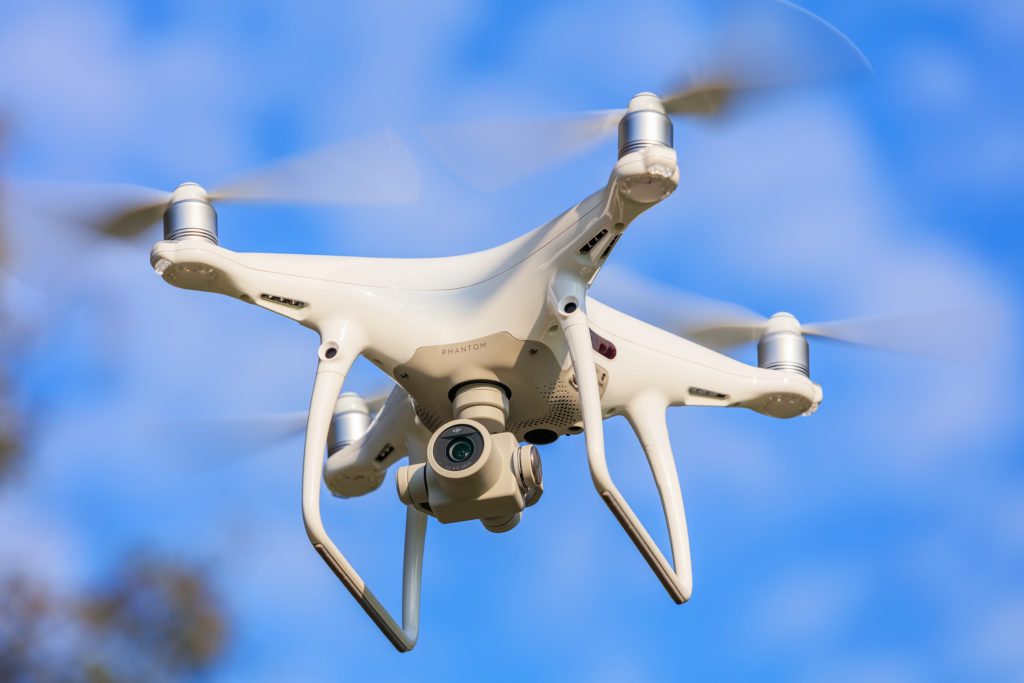What is an FPV Drone and Why Professionals Should Care?
In the fast-paced world of aerial photography, understanding new technologies is crucial. One such technology that has gained significant traction is FPV drones, which stands for First Person View drones. Unlike traditional drones, FPV drones allow photographers to immerse themselves in the flying experience, providing a unique perspective that can take your photography to the next level.
But what exactly is an FPV drone? To put it simply, these drones offer pilots live video feeds from the camera to their eyewear or monitor, enabling them to navigate in real time. This capability has transformed the way professional photographers approach aerial shots, offering unmatched creative opportunities.

The Evolution of Drone Technology
The advent of drone technology has revolutionized photography and videography. Initially, these devices were mainly used for recreational purposes. However, as technology advanced, professionals began to adopt drones for various applications, including aerial photography, surveying, and even search and rescue operations. The introduction of FPV technology was a game changer, resulting in more dynamic and engaging aerial shots.
Understanding FPV: How It Works
FPV drones come equipped with a camera that streams live video to the pilot, who wears a headset or goggles to experience the flight. This immersive experience provides the sensation of being in the drone, hence the name First Person View. Moreover, pilots can perform complex maneuvers and capture captivating visuals without the delay typically found in standard drones.

Why FPV Drones Are Ideal for Professional Photographers
One of the most compelling reasons why professional photographers should consider adding FPV drones to their toolkit is the creative freedom they offer. With traditional drones, pilots have limited control over the camera's angle and position. In contrast, FPV drones allow for more intricate navigation and stunning aerial shots.
Additionally, professional photographers can benefit from the speed and agility of FPV drones. Whether it's capturing fast-paced action shots or scenic landscapes, these drones can make all the difference in achieving the perfect shot.
Types of FPV Drones
There are generally two types of FPV drones: Racing drones and Freestyle drones. Racing drones are designed for speed and agility, ideal for competitive flying, while freestyle drones are optimized for more artistic aerial maneuvers. Depending on your photography needs, you can choose the right type of FPV drone.

Regulations and Legal Considerations
Before you start flying an FPV drone, it's vital to be aware of the regulations governing UAVs in your region. In the United States, the FAA has established a set of rules for drone operations to ensure safety. Complying with these regulations not only safeguards you but also enhances your reputation as a professional photographer.
Choosing the Right FPV Drone for Photography
When selecting an FPV drone, consider factors such as camera quality, flight time, range, and ease of use. You want a drone that not only meets your photography needs but is also intuitive to operate. Various brands offer FPV drones specifically tailored for photographers, so make sure to do your research.

Tips for Capturing Stunning Aerial Shots
To make the most out of your FPV drone experience, here are a few tips:
- Practice your flying skills in open spaces before tackling complex shots.
- Experiment with different angles and heights to capture diverse perspectives.
- Utilize filters for your camera to enhance the quality of your shots.
- Always check the weather conditions before flying.
FPV Drones and the Future of Aerial Photography
As technology continues to advance, the possibilities for FPV drones in the world of photography are boundless. With the incorporation of augmented reality, improved battery life, and advanced piloting features, photographers can expect even more engaging applications for their craft in the near future.
Frequently Asked Questions
What is the difference between FPV and traditional drones?
FPV drones offer live video feeds to the pilot, providing an immersive flying experience, while traditional drones typically require a separate screen to view footage.
Do I need special training to operate an FPV drone?
While it's not mandatory, it is highly recommended to undergo some training to master the flying skills required for maneuvering an FPV drone effectively.
Are there specific regulations for flying FPV drones?
Yes, regulations may vary by region. Always check local laws to ensure compliance and safe flying practices. Refer to this article on drone regulations.
As an Amazon Associate, I earn from qualifying purchases.

